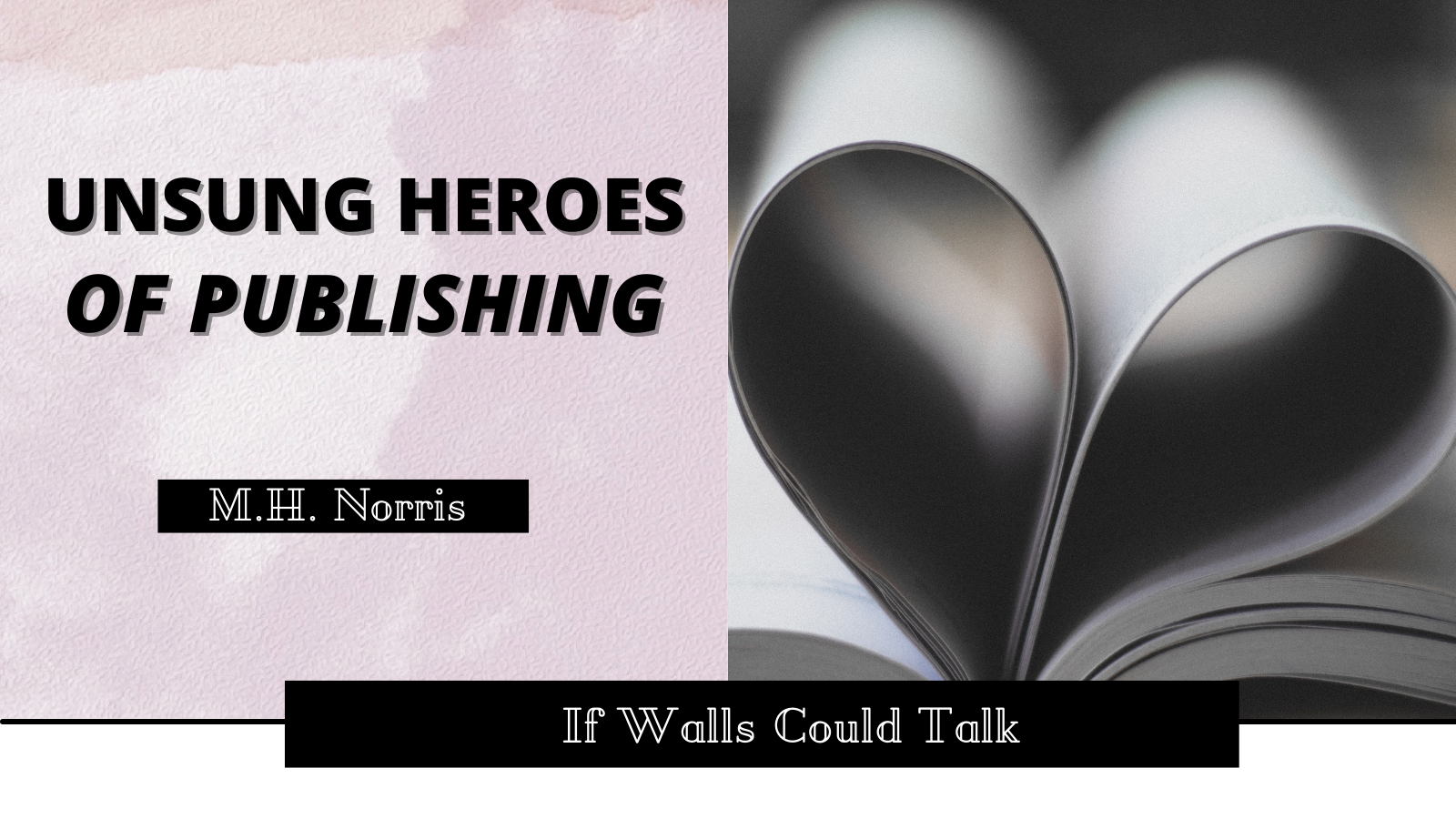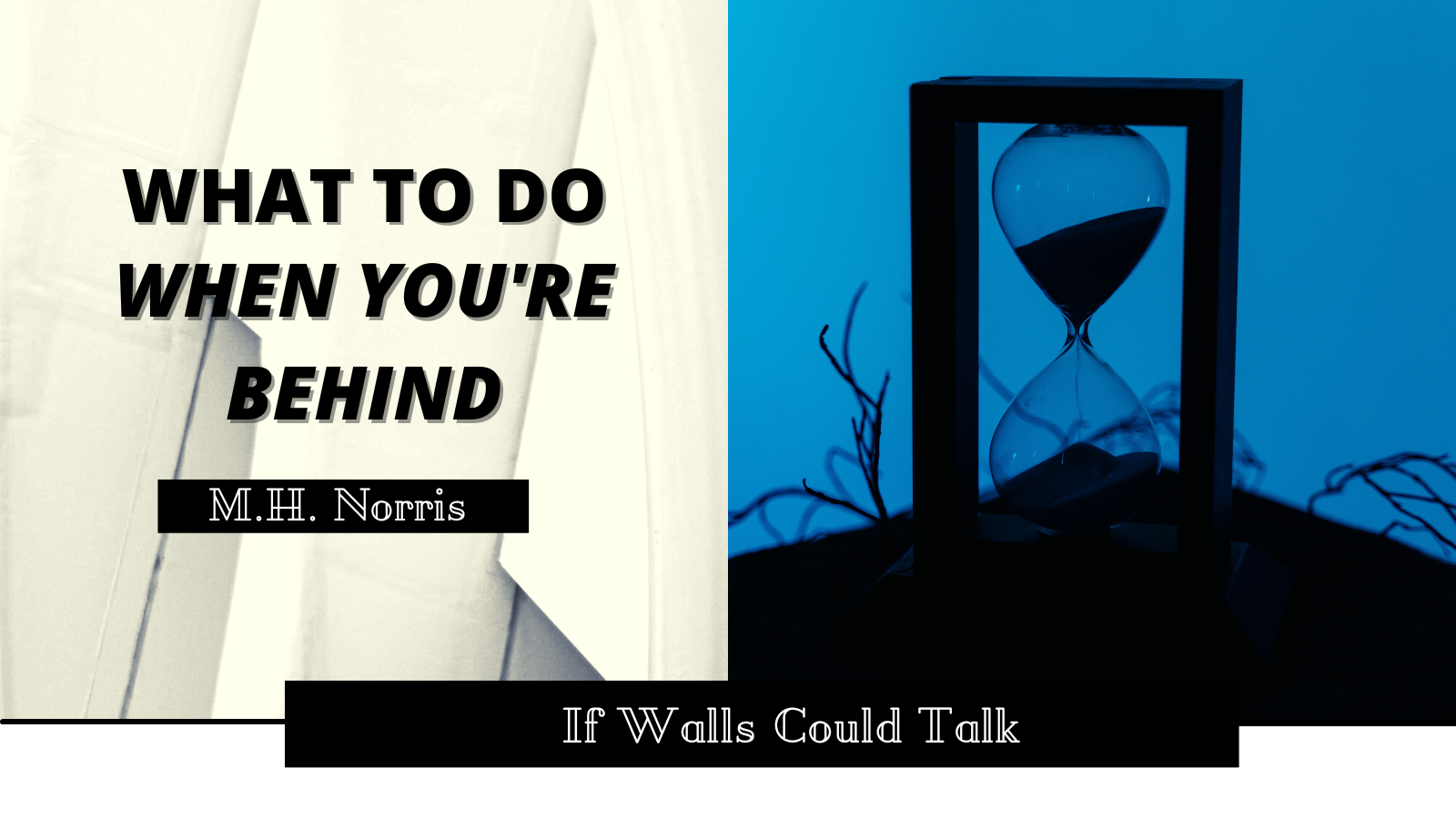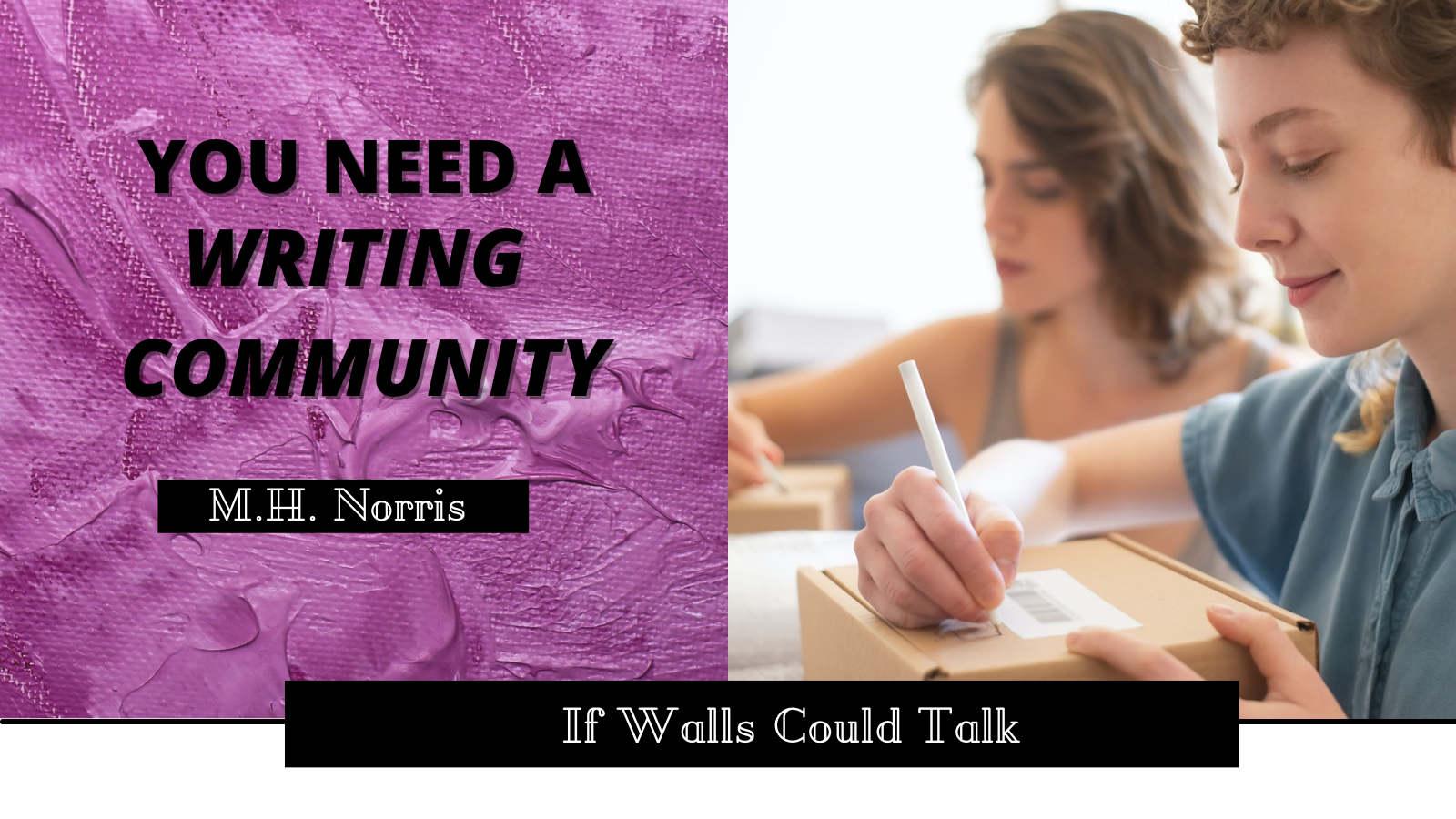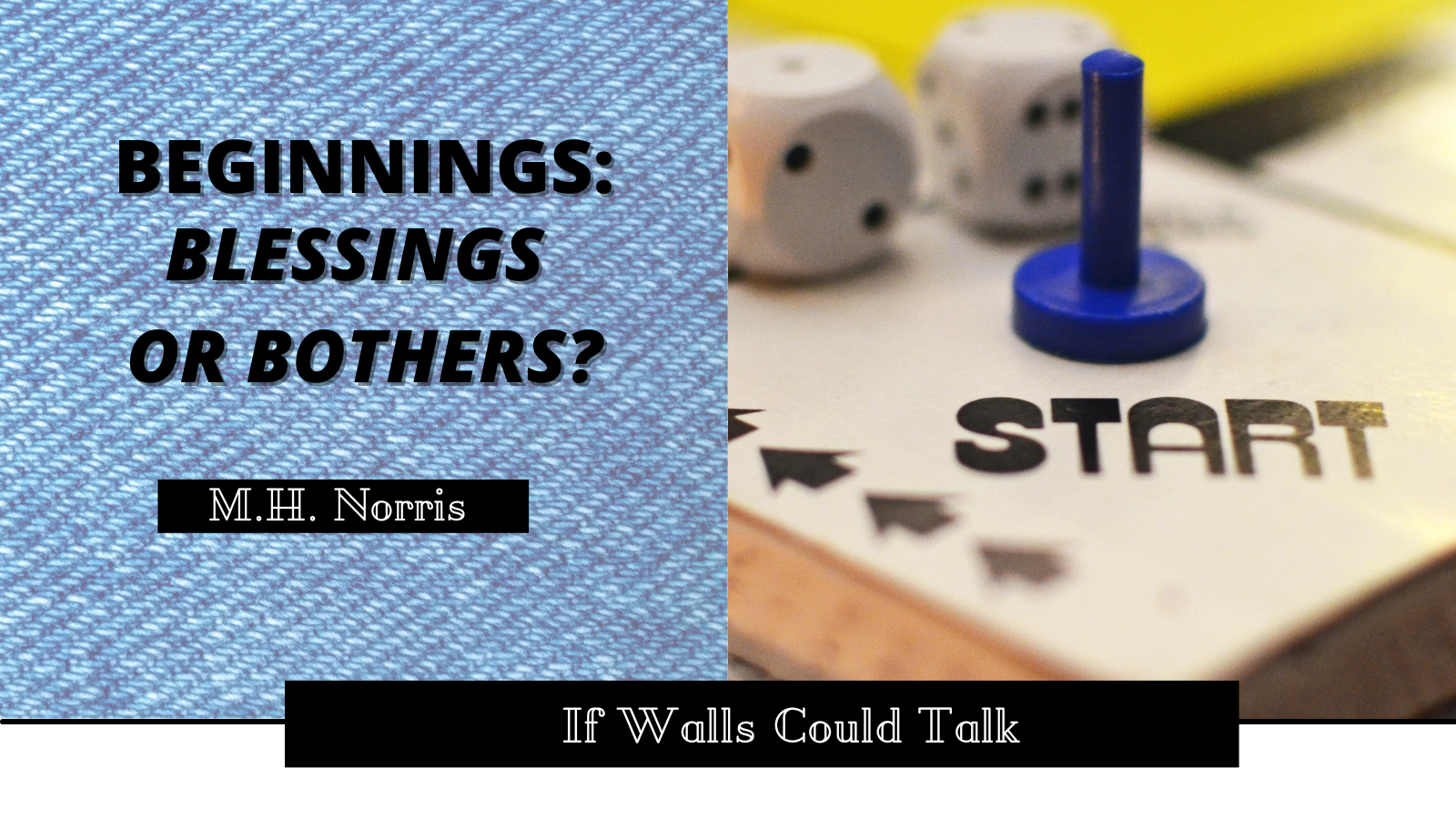
Take a look at a book on your shelf. Go on, I’ll wait.
Back?
At first glance, you see only the author’s name. Honestly, it’s deserved considering they spent weeks to months pouring over a document to make this book come together.
What you don’t see, until you look for it, are the names of people who helped get this book to the finish line. Some are credited on the back cover. Some are credited on the copyright page. Some might only be thanked in the acknowledgements. But all of them are important, and lifesavers for authors.
Editors, Cover Artists, Graphic Designers, and more help put your favorite books together. When I first entered writing ten years ago, I didn’t properly understand how important these people were.
This is very much an article that I couldn’t have written in the early days of this column. Though I think I may have tried. But, after a decade of experience, I’ve grown to have a deeper appreciation of the other work that is required to create a book.
That, and I’ve done everything except draw cover art – trust me you don’t want me to.
Let’s highlight some of the unsung heroes who helped put your favorite books on your shelf. I’m focusing on three today, but there are many more roles I’d like to talk about another time.
1) Editor
Any writing worth anything has a good editor. I’d be lost without James.
Some projects have multiple editors that each have their own work. For example, there are developmental editors who help you shape and form the story and characters, and there are copyeditors who look for typos and help the prose sing. Many editors combine these approaches, but just as many specialize in one or the other.
James does both for me. Between him and the obscene number of outlines I make these days, the story gets well developed before my hands hit the keyboard in the document itself.
The best editors help you write the best story you can write. Not the best story they can write, but that you can write. They respect your viewpoint and your goals. They will still mark your story thoroughly and challenge you to be the best writer you can be today, but you’re working together as a team instead of as a tool for their vision.
2) Cover Artists
The artist who did my cover for All the Petty Myths is actually an old friend of mine. When we were younger, we talked about someday having her do the artwork for a book of mine. It just so happened that talk in the hallways of middle and high school became a reality.
With All the Petty Myths, I wanted a feel for the content of the entirely collection while obviously highlighting the story I wrote, as my protagonist is something of a “host” for the other stories. Inside the circle that Rosella stood in, we ended up having a pentagram.
My friend apparently taped one out on her living room floor to make sure it looked right for the cover. I admire the dedication.
There’s that old phrase, never judge a book by its cover. As a former bookseller, let me tell you that that is a total lie. We judge books by their covers all the time. Sorry to rip that band-aid off, but it’s true.
Cover artists do not get the respect they deserve. Even apart from creating the art itself, which is more challenging than many people realize, they have to make sure that their art will scale properly to the book, that they leave enough space for the text, and that all of their color choices are reproducible in printing (at least that’s easier than it was in the past, but still bears thinking about). They have to juggle so many considerations beyond simply making good art that also sells the book. Cover artists work in concert with the author, sometimes via the publisher, to create a complementary work of art. They deserve all our respect.
Solid art for your cover is one corner you do not want to cut. It will make or break your book. Especially when you’re not an established name. A good cover draws people to your story. That happened quite a few times to me. The cover caught my eye and so I wanted to read it. If it was a later book in a series, I went and found the first. A few readers have told me they tried my work because of the covers.
Whether they draw, paint, or photograph, make sure your cover represents you and your book. But also, don’t be afraid to put your foot down if they’re doing something you don’t like. I’ve had to do that in my career too. While not every publisher will listen (something else I’ve experienced), it is always worth a try. Your cover is not only marketing, but art. And it’s not only art, but the reader’s first contact with your book – and their first look into your work, if indirectly. It’s up to you to make sure it’s right.
3) Graphic Designers
Years ago, James came to me and asked me to take a stab at making a book jacket for an upcoming release. He knew I had photoshop, he knew I knew how to use it, and he had a much higher opinion of my abilities than I did at the time. I was game, and surprised by the results. It can be relaxing, too.
What goes into cover and jacket design?
First, it takes some math. You’ve got to allow X margins on all four sides and the spine has margins of its own. Most of the variables change from book to book, so my calculator and I get some quality time. You also have to make sure that the cover’s colors are right and will print true.
Here’s a funny story. I’ve recently started reading manga, and it’s messing with my head. I made a jacket after reading one, and, um, I reversed the jacket: the cover was on the back, and back cover text was where the cover goes. Lesson learned! Don’t read manga right before making a jacket! What can I say, some have gorgeous design.
It depends on the jacket how long it takes me to design one. Sometimes, it speaks right away and I know how I want it to look. Other times, I spend hours agonizing over font choices. Still others, I debate the coloring of text. Yes, you may think that title is in white, but it’s a specific off-shade of white which contrasts against the cover colors for readability.
But design goes deeper than the cover, as there’s interior design as well. While sometimes this includes interior illustrations or other additional artwork, most often that refers to the appearance of the text and chapter headings. Book design also includes making sure that chapters don’t accidentally repeat or won’t print out of order (or that headings and page numbers are correct). I saw all of these mistakes a fair bit while working in a bookstore, even from major publishers.
The Team
When I first came into the writing world, I vaguely knew all of these people (and more – I could do an entire article on marketing) existed. But I didn’t learn the value of their importance until I got into the process.
That’s one gift working with 18thWall has given me: it’s allowed me to see so much of what goes into a book. Even just before I wrote this post, James and I were on a chat walking through my various projects and where I’m at with them. We used to do it regularly and I want us to get back in the habit. Not only is it beneficial to my writing but it also gives us an excuse to chat. Fun fact, he’s hanging out on an audio call on Discord with me. I don’t think he realizes that I’m typing this out. We’ve discussed the status and needs of so many books. I’m thankful for being able to see, and help with, the process like this.
People say writing is a solitary act. But I vehemently disagree. It takes a village to make a book.




